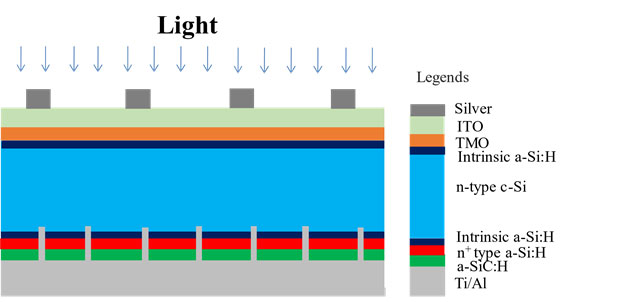
Solar Energy Materials and Solar Cells, 145 (2016) 109-115.
Energy Procedia, 77 (2015) 446-450.
At GVN SolarPower, for energy applications, we are dedicated to developing efficient and affordable solar cell technologies through research and development.
132 92 Ave, Skye Pl.
Surrey V3V 6T6
Vancouver BC, Canada
+1 604 203 2409
jkr@gvnsolarpower.com
careers@gvnsolarpower.com
While contacting us by email, please send a Cc to gvnsolarpower@gmail.com
Copyrights © 2023 GVN SolarPower Inc. Developed & Hosted by YOGA’S IT Solutions.